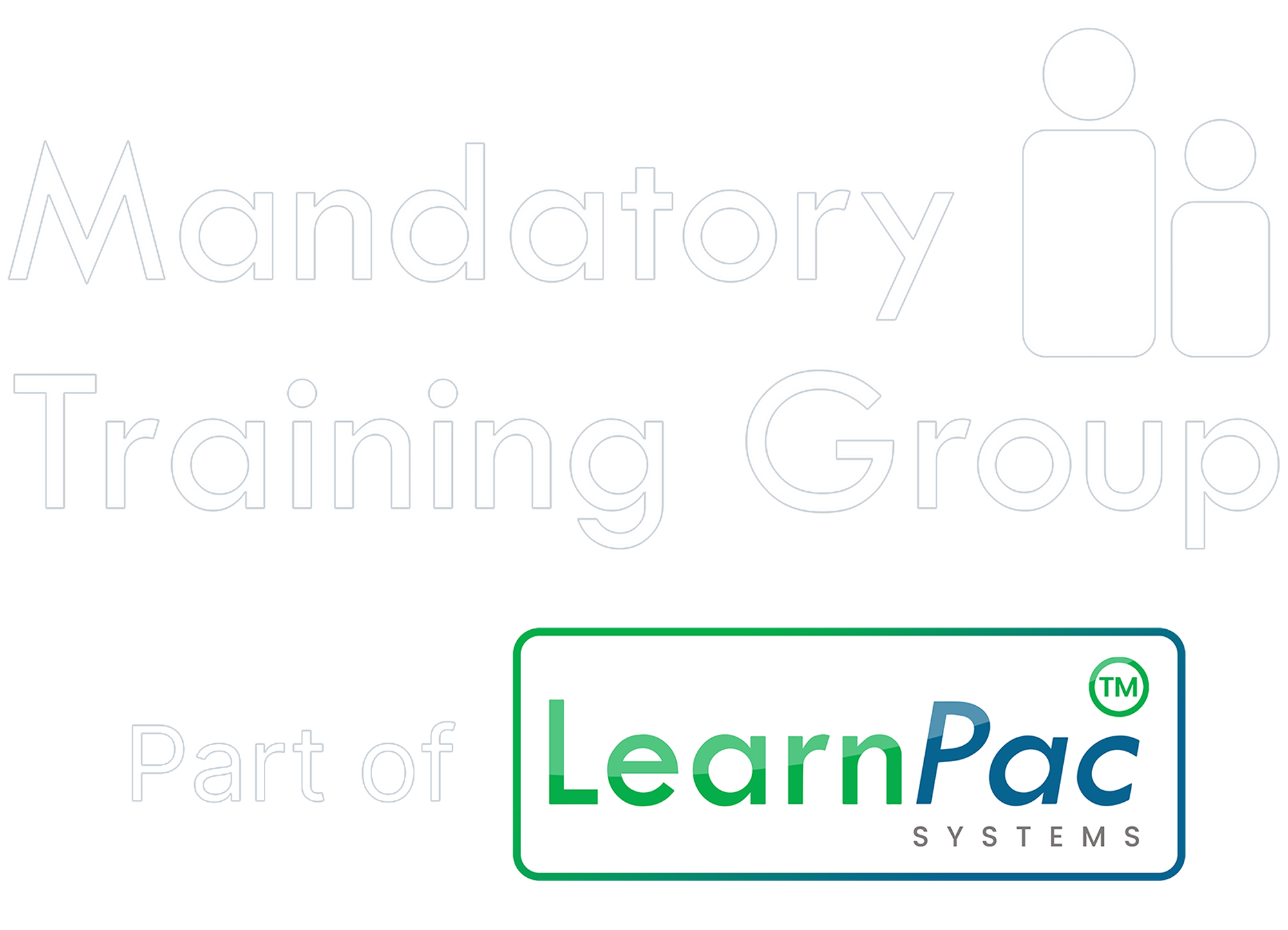You have no items in your shopping basket.
Lewis Normoyle
23-06-2025
Is your organisation using data to stay inspection-ready?
Image by FlamingoImages via Envato Elements
Discover how regulated organisations are turning data into action - using real-time insights to improve governance, reduce risk, and stay inspection-ready
In today’s compliance-heavy landscape, regulated organisations are under growing pressure to show not just that they are meeting standards - but how they are doing so. Traditional approaches that rely on scheduled audits, paper trails, and retrospective reviews are no longer enough.
To build safe, high-performing services and remain inspection-ready, organisations must embrace a new model: data-driven compliance. In this blog, Lewis Normoyle explores how analytics and digital governance tools can enhance compliance performance, improve outcomes, and embed accountability in daily operations, particularly within healthcare, social care, and education settings.
What is data-driven compliance?
Data-driven compliance involves utilising real-time analytics, reporting tools, and integrated digital systems to monitor, measure, and manage regulatory adherence effectively. It enables leaders and teams to:
- Detect emerging risks before they escalate
- Track compliance KPIs across departments
- Demonstrate evidence of good governance
- Inform improvements using meaningful insights.
Unlike traditional models, data-driven compliance moves beyond documentation to create a dynamic, responsive culture of accountability.
Why it matters for health and social care, and education
In regulated services, compliance failures are not just operational issues—they can have life-altering or even life-threatening consequences. Regulators such as the CQC and Ofsted require providers to show not only that policies exist, but that they are being applied consistently, safely, and effectively.
Consider how data-driven tools make this possible:
- In care services, a training management system can automatically flag overdue mandatory training, prompting timely action before safety or legal breaches occur.
- In NHS settings, dashboards can visualise medication errors by ward, allowing governance teams to act in real time.
- In education, safeguarding data can be analysed alongside attendance records to identify at-risk learners early.
In each of these examples, data isn't used for record-keeping - it’s used to support decisions, mitigate risk, and improve care.
Five foundations of a data-driven compliance strategy
To implement meaningful analytics, organisations must build an ecosystem that supports it. Here are five essential elements:
1. Integrated systems
Fragmented systems limit visibility and increase risk. By consolidating data from HR, incident management, quality assurance, and training systems, platforms like ComplyPlus™ offer a joined-up view of compliance performance.
2. Clear governance frameworks
Organisations need to define what good compliance looks like, including clear KPIs, thresholds, and escalation routes. Data is only useful when it supports decision-making.
3. Real-time dashboards and alerts
Unlike static reports, live dashboards offer an up-to-date view of key metrics. Automated alerts ensure tasks like DBS renewals, policy acknowledgements, or audits are never missed.
4. Actionable, relevant reporting
Insightful reports should highlight trends and exceptions while offering clear next steps. These support operational teams and inform board-level oversight.
5. Competence and culture
Technology only works when people use it correctly. Staff need support to understand systems and interpret data, and leaders must foster a culture of learning, openness, and improvement.
Turning Data into Action
The real power of data is not in measurement - it’s in improvement. Data-driven compliance enables providers to identify root causes and proactively close gaps.
For example:
- Recurring missed training may point to poor rota design rather than staff apathy.
- High incident rates in one team may reflect leadership challenges or onboarding issues.
- Repeated policy breaches could stem from unclear guidance rather than non-compliance.
With the right insight, compliance becomes less about policing and more about prevention.
Common barriers and how to overcome them
Despite the benefits, many organisations still struggle to modernise their compliance models. Common obstacles include:
- Outdated systems that don’t talk to each other
- Information overload without clarity or relevance
- Limited digital skills across the workforce
- Reluctance to increase transparency or scrutiny.
Here’s how to address these issues:
- Invest in systems tailored to regulated services.
- Utilise dashboards tailored to specific roles and responsibilities.
- Provide hands-on training in compliance technologies.
- Promote openness as a leadership strength, not a weakness.
Even the most complex compliance landscapes can become manageable with the right tools and mindset.
The role of digital training and workforce systems
Modern workforce and training platforms are crucial in supporting data-driven compliance. They help providers maintain visibility over essential processes like:
- Mandatory and role-specific training compliance
- Competency assessments and refresher schedules
- Policy sign-offs and audit readiness
- Governance performance and engagement trends.
ComplyPlus™ is built with these requirements in mind. By bringing compliance tracking, reporting, and training management into one platform, it ensures all stakeholders - from care teams to governance boards - are working from the same data.
From oversight to operational excellence
In an era of heightened scrutiny, regulated providers must demonstrate that quality and safety are actively monitored and managed. Data-driven compliance enables organisations to:
- Monitor real-time performance
- Explain trends and identify root causes
- Take targeted action before issues escalate.
Whether preparing for an unannounced inspection or building a long-term improvement plan, analytics give leaders the confidence to act decisively and responsibly.
Turn compliance data into meaningful action with ComplyPlusTM
In regulated services, proving compliance is no longer enough - you need to show how you’re achieving it. That’s where ComplyPlus™ makes the difference.
Built for health, social care, and education providers, ComplyPlus™ helps organisations move beyond paper trails and periodic audits. With real-time dashboards, automated alerts, and integrated reporting, it equips leaders to track performance, detect emerging risks, and stay inspection-ready - every single day.
From training records to incident trends and audit history, ComplyPlus™ unites fragmented systems into one powerful compliance ecosystem - turning data into insight, and insight into safer, more accountable care.
Build confidence. Strengthen governance. Start with ComplyPlus™.
About the author
Lewis Normoyle
Lewis has been instrumental in shaping our success from inception. His journey through various business units and international teams highlights his invaluable experience and business acumen. In his essential role of overseeing operations, Lewis’s precision and efficiency stand out, ensuring smooth and effective processes throughout the organisation.

Contact us
Complete the form below to start your ComplyPlusTM trial and transform your regulatory compliance solutions.




